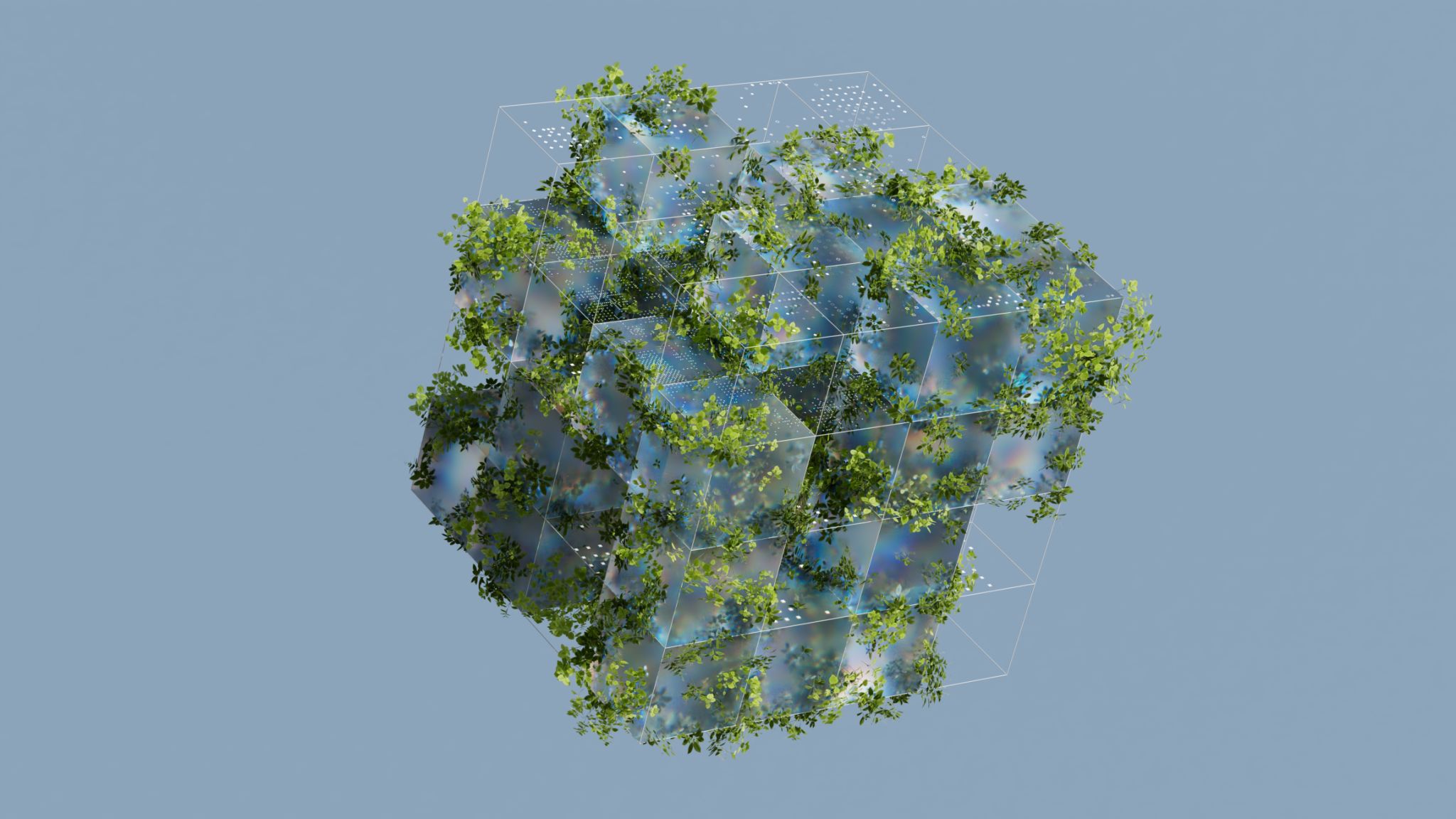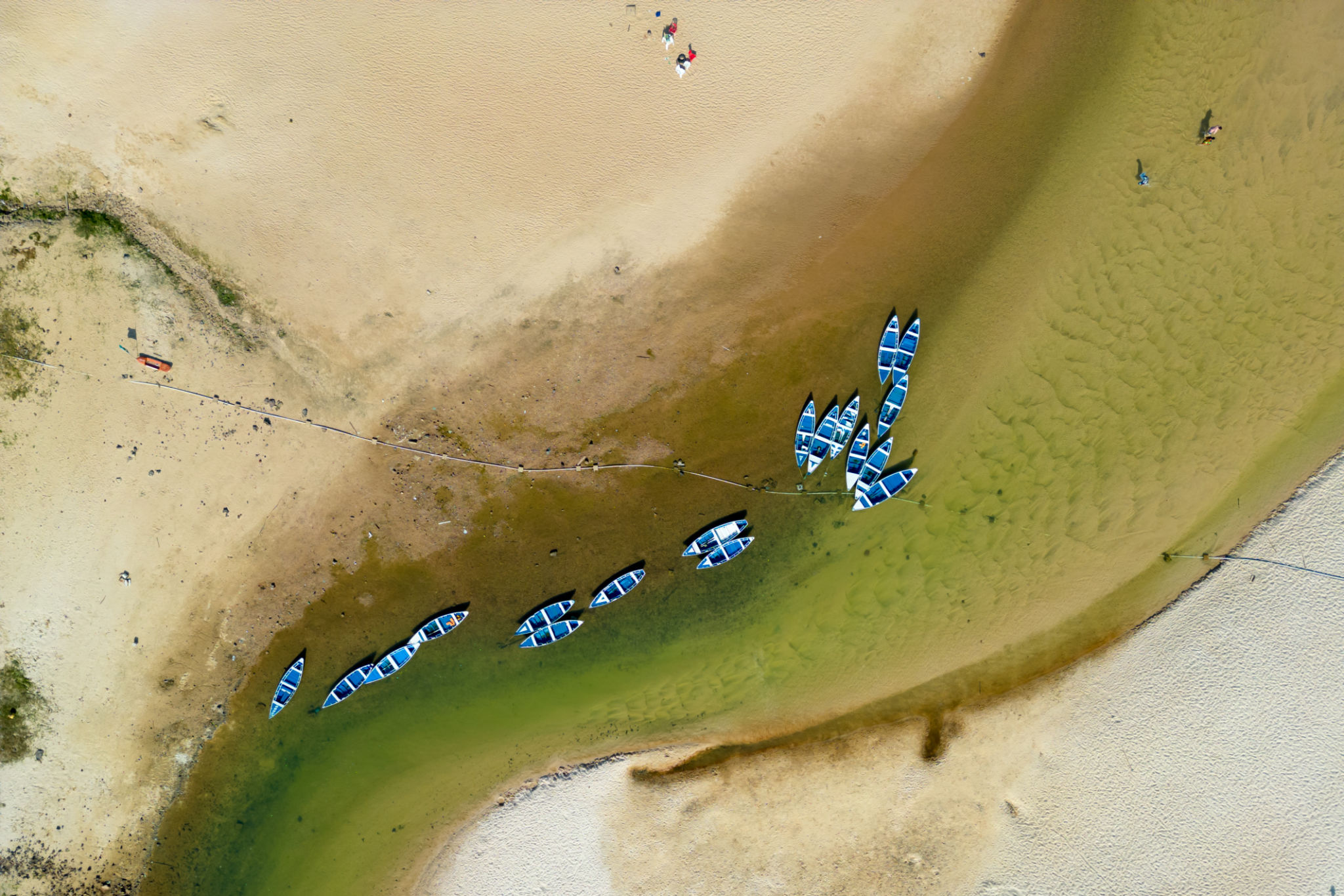The Future of AI: Lessons Learned from Nature at Point Preserve
Introduction to AI and Nature
As artificial intelligence (AI) continues to evolve, researchers are increasingly turning to nature for inspiration. Nature, with its millions of years of evolution, offers insights into efficient problem-solving and adaptability that can enhance AI development. Point Preserve, a nature reserve renowned for its biodiversity, serves as a living laboratory for understanding these natural processes.

Biomimicry: Learning from Natural Structures
Biomimicry, the practice of emulating nature's designs and processes, has been a cornerstone in advancing AI technologies. By studying the intricacies of natural structures, scientists can develop algorithms that mimic these efficient systems. For instance, the neural networks in AI are inspired by the human brain's neural connections, which are a marvel of biological engineering.
At Point Preserve, the complex ecosystems provide a wealth of examples. The way plants optimize sunlight absorption or how animals communicate within their environments can lead to breakthroughs in AI's problem-solving capabilities.
Natural Algorithms
Nature has perfected algorithms that govern everything from flocking birds to ant colony optimizations. These natural algorithms offer robust strategies for AI systems. Researchers at Point Preserve study these phenomena closely, developing AI models that can adapt and evolve with changing conditions much like their natural counterparts.
The Role of Adaptation in AI
One of the most crucial lessons AI can learn from nature is the importance of adaptation. In the wild, species thrive due to their ability to adapt to environmental changes. Similarly, AI systems need to be flexible and responsive to new data. At Point Preserve, the diverse habitats and species provide a real-world context for testing adaptive AI solutions.

Dynamic Learning Systems
Dynamic learning is another area where nature excels. Many species exhibit learning behaviors that allow them to adjust their actions based on experience. Similarly, AI systems benefit from dynamic learning capabilities, enabling them to improve and refine their performance over time. This approach is particularly useful in unpredictable environments where static models may fail.
Sustainability and Efficiency
Nature is a master of sustainability, maintaining balance with minimal waste. This principle is increasingly important in AI development, particularly as the demand for energy-efficient solutions grows. By observing natural ecosystems at Point Preserve, researchers gain insights into creating AI systems that are both powerful and sustainable.

Energy-Efficient Computing
The energy efficiency of natural processes inspires new methods for reducing the carbon footprint of AI technologies. Implementing these natural efficiencies can lead to significant advancements in creating greener AI systems that align with global sustainability goals.
Conclusion: Embracing Nature's Wisdom
The future of AI will be significantly shaped by lessons learned from nature. Point Preserve serves as a vital resource in this endeavor, offering a rich tapestry of life from which we can draw inspiration. By continuing to explore and integrate these natural principles, we can develop AI technologies that are not only innovative but also aligned with the ecological systems of our planet.